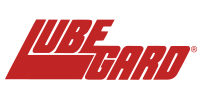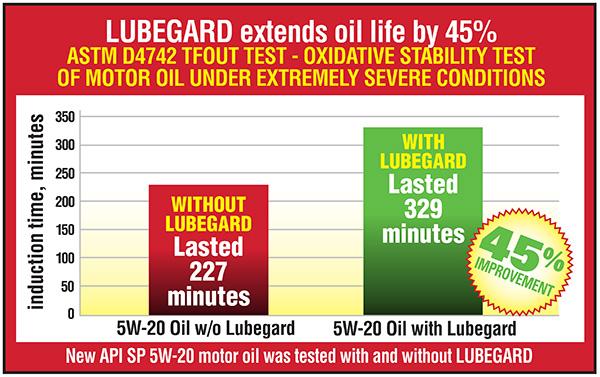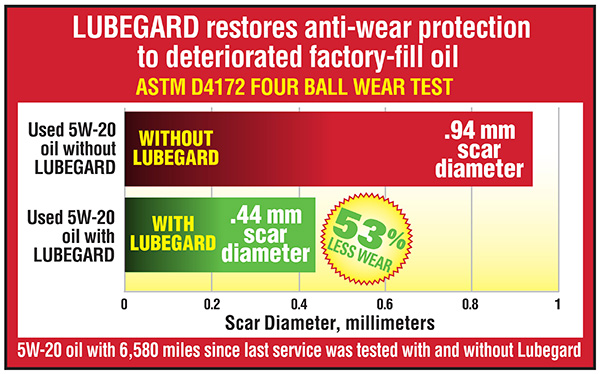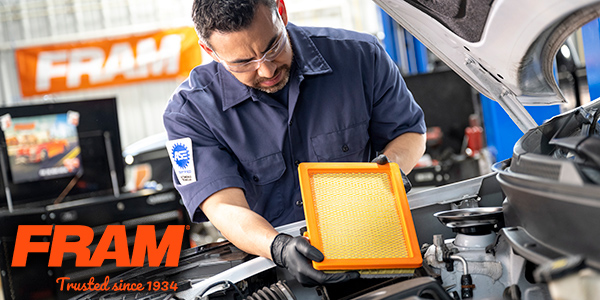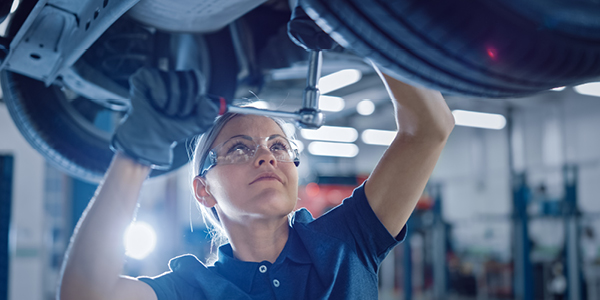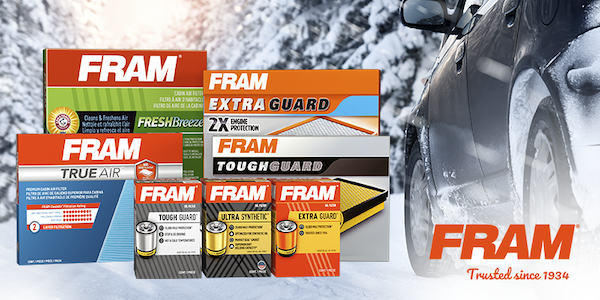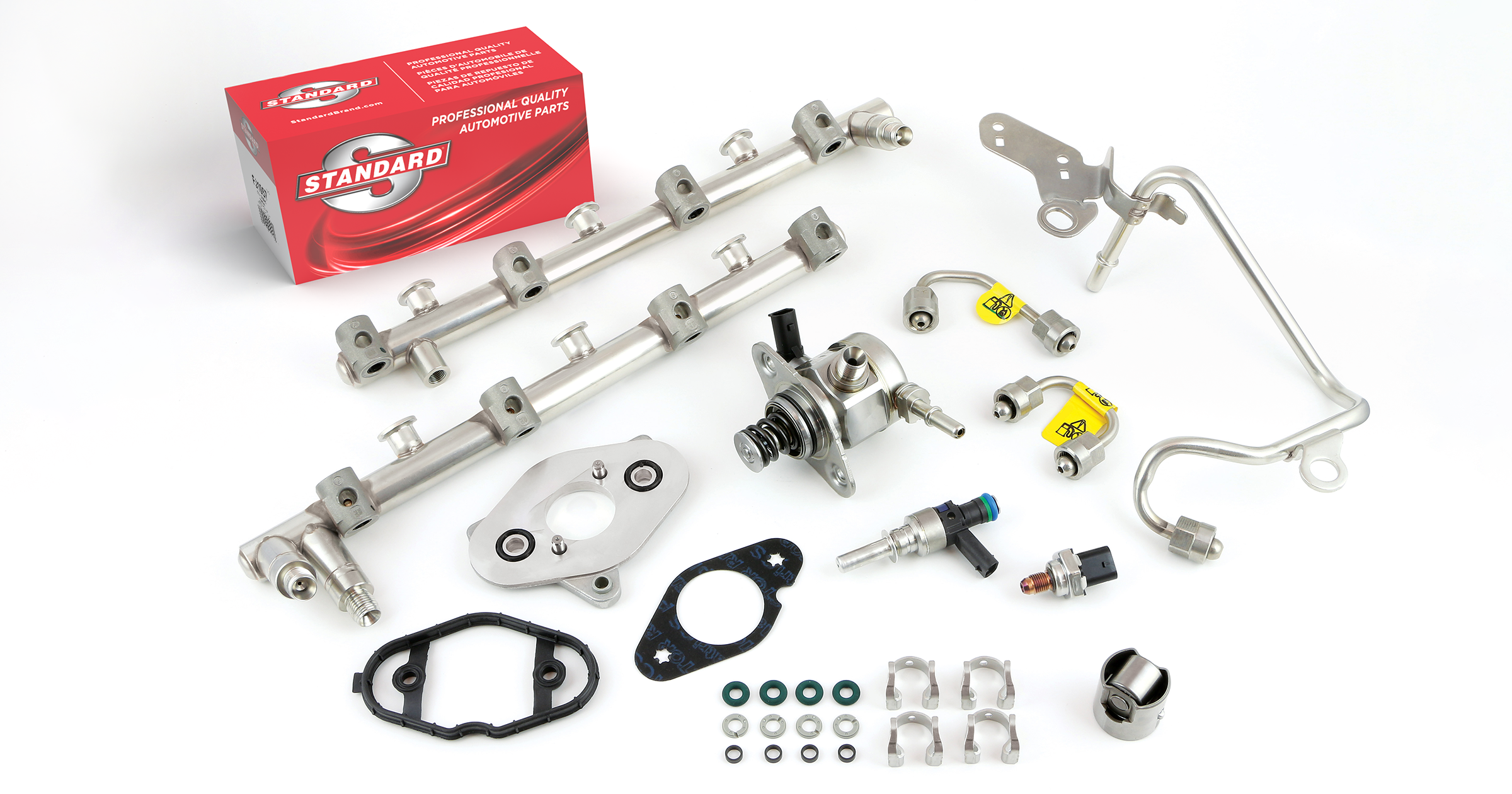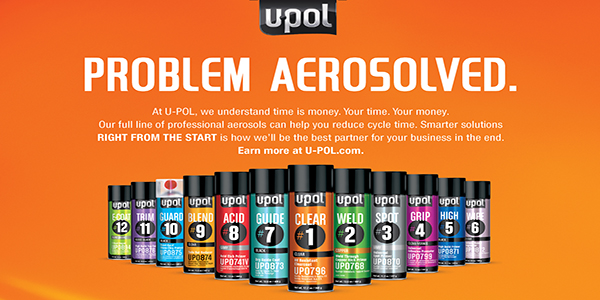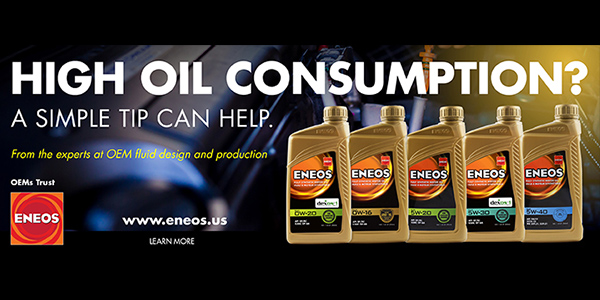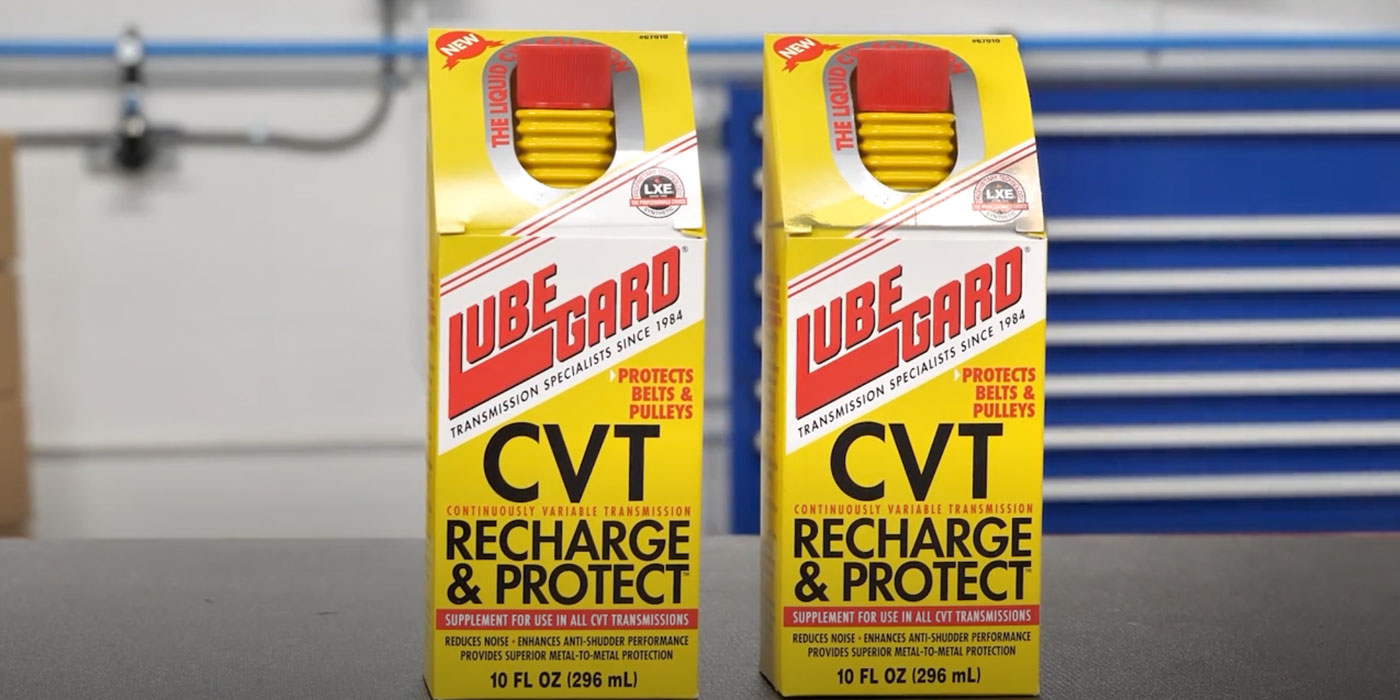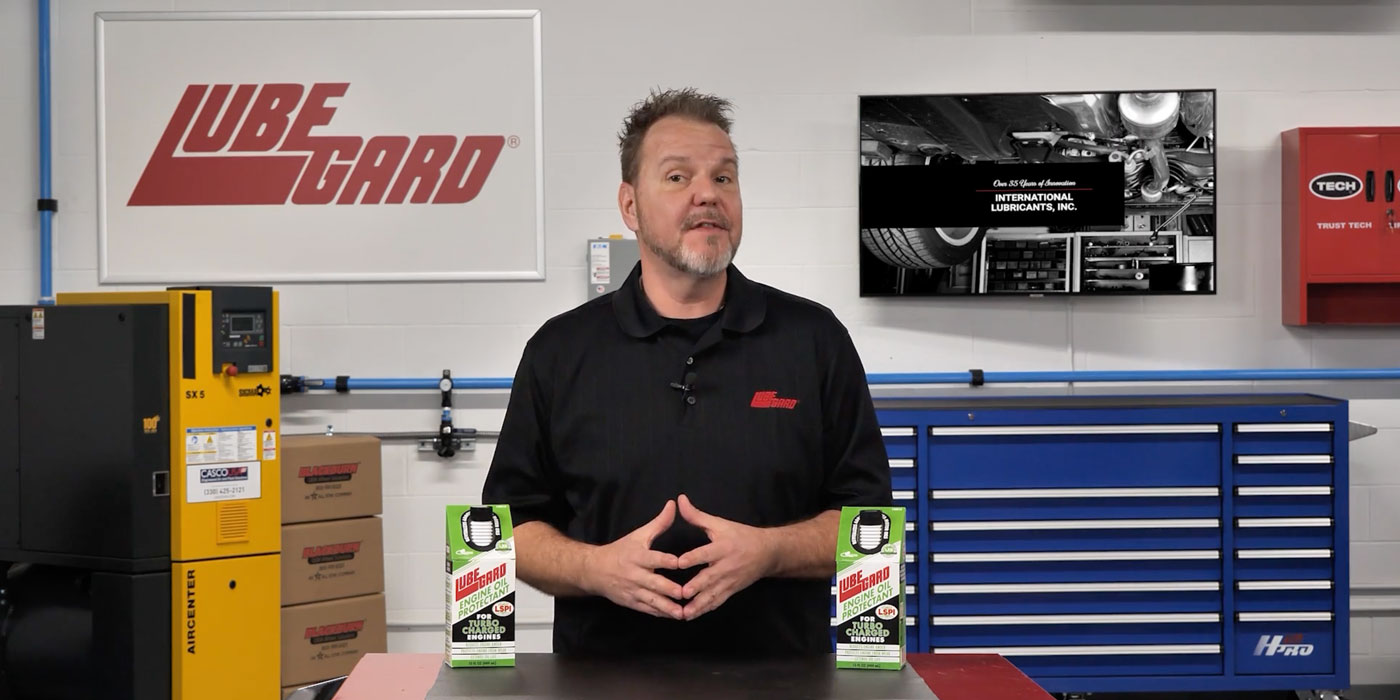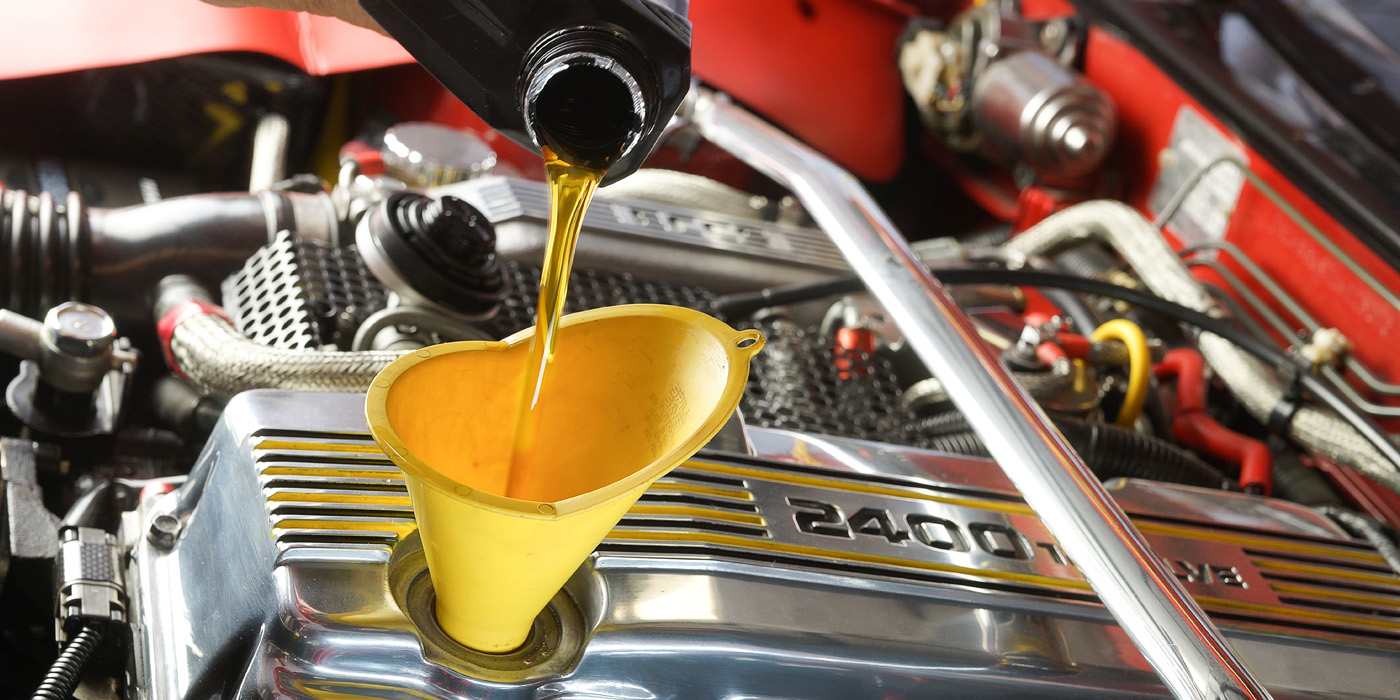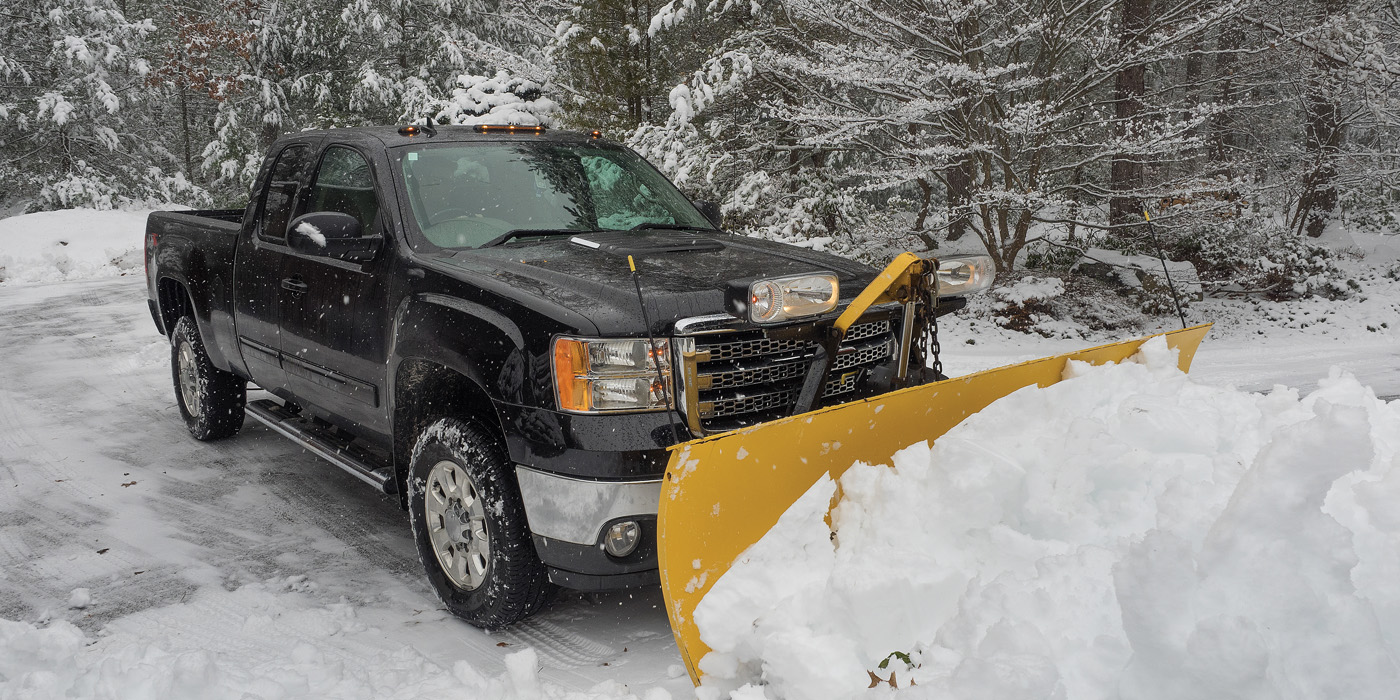While most everyone is aware that the cost of used and new vehicles has gone up over the past few years, it is not the only expense related to owning a vehicle that has significantly increased over that time. The latest 2023 AAA data found that the average cost of new vehicle ownership has soared to $12,182 a year. This is a 13% increase from 2022. With the cost of preventative maintenance also rising, OEMs have chosen to reduce these costs by extending lubricant drain intervals for engines and transmissions, citing “improved” or “synthetic” oils as the reason. What is most concerning is the OEM extension of critical preventative maintenance requirements for the new high output “fuel efficient” turbocharged gasoline direct injection (TGDI) engines.
One of the biggest challenges with the new engine technologies is the occurrence of Low-Speed Pre-Ignition (LSPI). This is a pre-ignition event that occurs in gasoline vehicle engines when there is a premature ignition of the main fuel charge. LSPI is most common in turbocharged gasoline direct-injection (TGDI) engines in vehicles operating at low speed under high-load driving conditions. LSPI is caused by droplets or particles of fuel and oil that ignite in the combustion chamber. This results in uncontrolled combustion and engine knock. The pressure spikes caused by pre-ignition can cause severe and often catastrophic damage to pistons, timing chains, head gaskets, and bearings. LSPI occurs in brand new as well as older vehicles.
We all remember the original recommended oil change interval of 3,000 miles. On many new vehicles the oil change interval is now increased to 7,500 miles. What may seem like a nice, long oil change interval for the consumer can be problematic for the engines, especially for high output TGDI engines.
Having doubts about increased service intervals isn’t based on opinions. It is based on actual field sampling and oil analysis of new and used engine oils with and without the addition of LUBEGARD® Engine Oil Protectant for Turbocharged Engines.
For example, after performing testing on 6,580-mile used factory-fill oil from a current TDGI equipped vehicle, we were surprised by its poor condition. The manufacturers recommended oil change intervals for this vehicle per the owner’s manual is 7,500 miles. By their own standards, this oil should have been performing for another 1,000 miles. The idea that this additive depleted, degraded oil was to stay in the engine any longer than it already had was alarming.
Whatever logic was chosen by the OEMs to extend oil change intervals for these high output turbocharged engineering wonders doesn’t seem to be working in the field based on our analysis.
Pre-ignition in TGDI engines is caused by a complicated combination of calcium-based detergents, combustion deposits, turbo chargers, high compression and used oil condition. The American Petroleum Institute (API) introduced new engine oil specifications, SN, SN PLUS and SP to address the problem. An important part of that solution is additive technology that prevents deposits and creates conditions that make pre-ignition much less likely to occur.
LUBEGARD® Engine Oil Protectant for Turbocharged Engines is specifically formulated with chemistry known to reduce and prevent LSPI. It protects engines and components from repeated knocks and prevents oil from aging prematurely, providing long-term protection against LSPI/engine knock.
One of the key performance aspects of an engine oil additive is the ability to extend the life of the oil. We performed a Thin-Film Oxygen Uptake Test (TFOUT) on brand new, SP rated motor oil with and without the addition of LUBEGARD® Engine Oil Protectant for Turbocharged Engines. TFOUT is the ASTM D-4742 bench test commonly used by oil formulators to measure oxidative stability of engine oil. The oil sample is exposed under pressure, to fuel, metal catalysts, water, oxygen, and heat, resulting in accelerated oxidation. The time it takes for the sample to reach a level of rapid oxidation is measured in minutes.
The motor oil with the addition of LUBEGARD® increased the oxidative stability of the untreated motor oil from 277 minutes to 329 minutes. This is a 45% improvement over untreated motor oil.
Third party testing shows that LUBEGARD® restored the anti-wear performance to used oil with 6,580 miles by 53% per the ASTM D4172 Four Ball Wear Test. The Four Ball Wear Test determines the relative wear-preventing properties of lubricating fluids.
*This used oil is the same “7,500” miles OEM factory-fill fluid mentioned earlier in the article.
LUBEGARD® Engine Oil Protectant for Turbocharged Engines raises the thermal and oxidative stability of motor oil and extends fluid life while providing critical anti-wear protection for TGDI engines. Lubegard also protects from cold starts, reduces oil consumption/volatility, and can improve fuel economy due to friction reduction.
Turbocharged engine design and oil technology is improving but it has not been able to stop LSPI. With the price of everything going up without relief in sight, protect your engine and take steps to ensure your extended oil change interval does not turn into a costly engine repair or even worse, engine replacement.
Sponsored by LubeGard.


